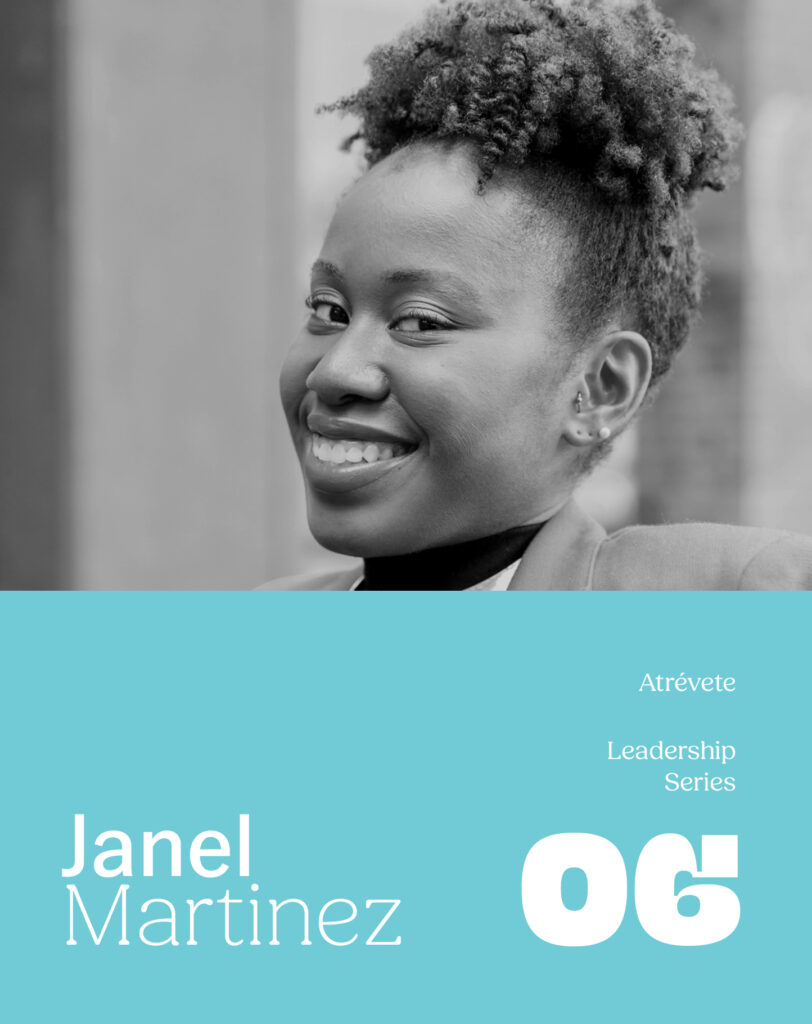NB: As a prominent Afro-Latinx influencer and content creator, you live at the center of multiple cultures. You mention that there are cracks in the foundation of the term Latinidad. Can you expand?
JM: When we say Latinidad who do we really mean? From my own experience and in engaging with other specifically black and indigenous Latinxs, there are cracks in the foundation of Latinidad in the fact that essentially our humanity is not acknowledged. When people say Latinidad they are specific about targeting white, privileged, straight people. There’s a lens they’re looking through and an expectation of who they expect to see on the other side of this definition. It rarely if ever references someone like me or many, many others. Let’s take Hispanic Heritage Month (HHM)—people, and even brands, are not inclusive when they think of HHM. Those are the cracks. Is it inclusive? Will it ever be inclusive? It can be if there’s a genuine investment in Latinx indigenous and black lives, but it won’t if there isn’t an effort to use privilege to support them. It’s important to ask, “Is everyone being included in Hispanic Heritage Month? Is everyone being included in Latinidad?”
NB: What role does the media play as it pertains to amplifying multilayered Afro-Latinx stories?
JM: It’s not only about listening, it’s about engaging. I’ve been able to see the evolution of Latinx content creation over the last decade. I feel strongly that it was because of the independent creators that were tired of not seeing their stories prioritized in the media. They said to themselves: “We have to do it.” Around 2014-2015, we started to see these independent creators doing it themselves. Some of them genuinely wanted to work as creators and outlets realized these creators could no longer ignore them because they were getting recognition and acknowledgment with very little budget. Media companies then realized they could do it on their own with their resources (although I feel they could have tapped into the creators to do it or worked with them in some way). When I think of the media’s role, they still have to do better. Invest in black and brown talent in their newsroom. Partner and invest in independent creators. Media has a long way to go and they have a huge responsibility from hiring practices, to listening. We’re in 2023. You know what to do, what’s right. You need to invest not only when it’s a certain month or a certain campaign, it should be ongoing.
NB: What can brands do to engage Afro-Latinx creators?
JM: I have witnessed brands talking with creators, listening and following trends online, cultural trends–you need to not only listen, but you also need to engage them and you need to compensate them. Once you listen, tap into that insight, and loop them into the creative process. You need to consult with the right people. There are brands that have listened, but they don’t tap the community for further insight. They’re the eyes and ears of the community. They will make sure that as we build the initiative we get it right. Imagine someone speaks to a brand that tapped into the wrong indigenous culture of the country they were representing. The question is who consulted on the indigenous aspect here? They saw what they considered an indigenous print and assumed it was the indigenous print of that country when it was not. Consequently, the design never saw the light of day and this person lost out because they didn’t properly consult on the indigenous aspect. When we talk about tapping into the community, those conversations are so important.
NB: What is your advice for brands that want to take a stand for the larger, multifaceted, Afro-Latinx community?
JM: There’s pressure to respond and react. It’s always existed, but now there’s a new iteration of it. Because of the pressures of the digital landscape, I don’t think many are doing it in an authentic way to properly represent their values. Part of the work is acknowledging where you have fallen short, just like in life. That’s the first thing. Acknowledge where you messed up. You need to recognize internally with your staff or when you tap into influencers. Once that is acknowledged, we can take our time to reflect on our values and our approach and make sure they are aligned with our actions.
NB: Many brands often participate in celebrating Hispanic Heritage Month as a way to connect with their target Hispanic audiences. What does this month mean to you?
JM: Commemorative months are important. What I don’t understand is why the media, brands, and agencies don’t extend these stories and initiatives throughout the entire year. The conversation doesn’t just happen in February and it doesn’t just stop after September and October. People are still walking around having these conversations year-round. My favorite has been: “We couldn’t bring you in for Black History Month; can we bring you in for HHM?” But why? Why not on a regular Tuesday, people are still talking about it then.

